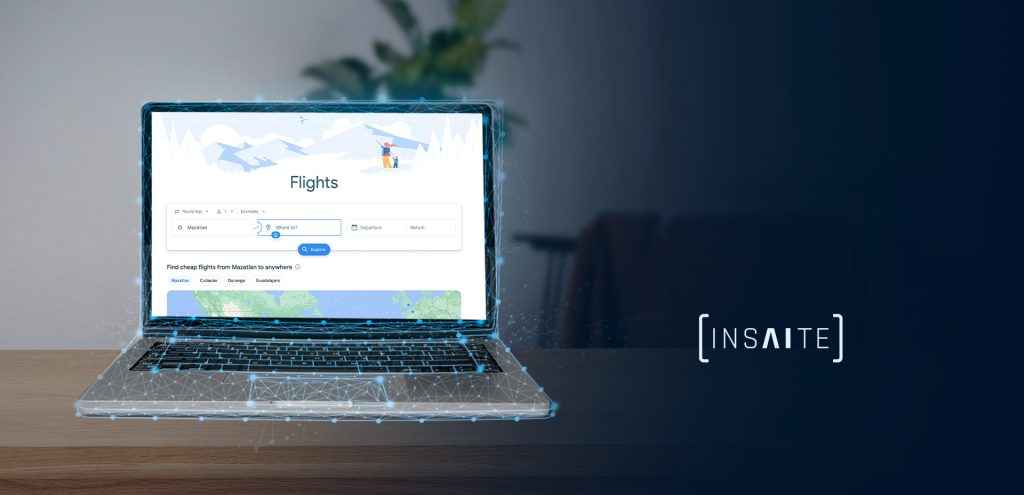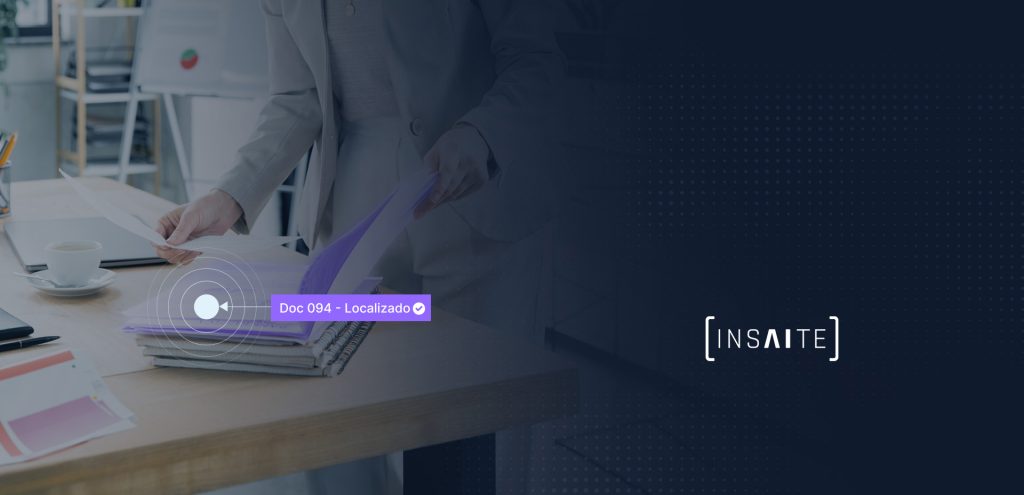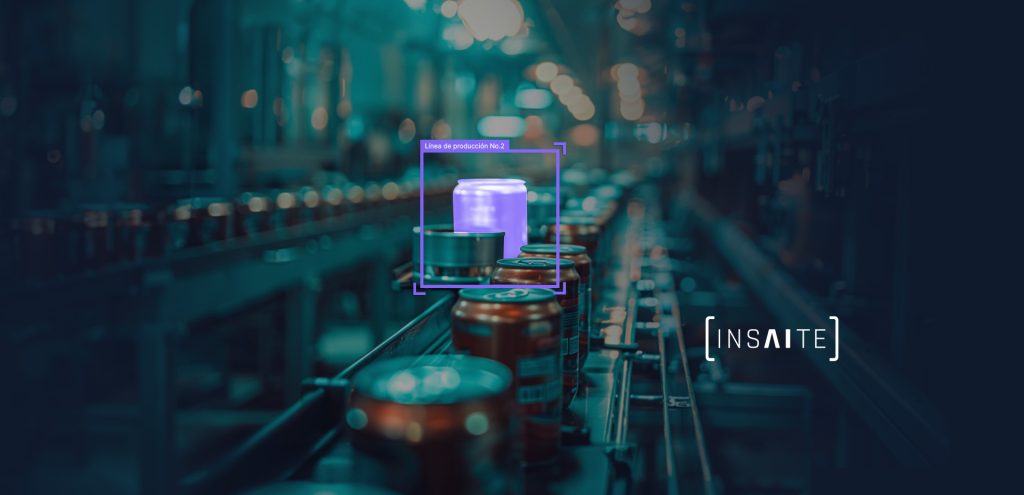The logistics sector is key to the proper functioning of others within the global economy, as it is responsible for moving raw materials and products to target markets.
One of the most important aspects of logistics is generating freight transport quotes to offer the best service to businesses. In this scenario, logistics companies need to generate accurate and timely quotes.
However, generating freight transport quotes can be a complex and laborious process due to the numerous variables involved, such as the type of cargo, destination, weight and dimensions of the load, distance to travel, type of vehicle, fuel, etc.
In this context, artificial intelligence can offer significant assistance to companies. AI risk models can help companies generate more accurate freight transport quotes and optimize rates.
To learn more about this topic, we have written this note to explain what risk models are and how they can aid in the quoting process.
What are AI Risk Models?
Before seeing how risk models can help in the quoting process, it’s essential to understand what these programs are. AI risk models are algorithms that use historical data to predict future behavior in the market. In the logistics case, these models can be used to predict the cost of freight transport.
AI risk models are based on a dataset that includes information about factors such as the origin and destination of the cargo, weight, and dimensions of the load, type of transport, weather conditions, and customs procedures.
The models use this information to generate a more precise and customer-specific forecast of transport costs.
How AI Risk Models Can Help Generate More Accurate Quotes
AI risk models can help companies generate more accurate freight transport quotes. This is because these programs use historical data to predict transport costs, allowing them to consider factors that can affect prices, such as weather conditions or customs procedures.
For example, an AI risk model can predict that the cost of transporting a 10-ton load from Monterrey to Mexico City will be $10,000 MXN. This forecast will be based on historical data, such as fuel costs, carrier rates, and weather conditions.
In comparison, a company that does not use AI risk models may generate a quote based on inaccurate estimates, such as estimating the transport cost to be $8,000 MXN. This estimation may be too low, leading to financial losses for the company.
How AI Risk Models Can Help Optimize Rates
AI risk models can also help companies optimize rates. This is because the models can be used to identify opportunities to reduce costs.
Continuing with the previous example, an AI risk model can identify that the cost of transporting a 10-ton load from Monterrey to Mexico City is lower in the early morning than in the afternoon. This information can help the company plan its shipments to take advantage of lower rates. Additionally, AI risk models can be used to identify factors that may increase transport costs.
For example, the model may identify that the cost of transporting a 10-ton load from Monterrey to Mexico City is higher during a certain season of the year due to increased product demand. Taking into account this information provided by risk models makes it easier to provide an appropriate rate to each customer, depending on their cargo needs and seasonalities.
Benefits of AI Risk Models
It is a fact that artificial intelligence is a tool that makes specific tasks much simpler. In the logistics sector, predictive maintenance for units or the use of risk models for the quoting process are actions that improve operations and customer experience. Speaking of the use of risk models, these offer a series of benefits, including:
- More Precise Quotes: Transportation costs can be estimated more accurately, leading to more precise quotes and increased customer satisfaction.
- Standardized Rates: Depending on historical data and market variables, rates can be standardized, allowing better competitiveness in the market and improving profitability.
Use Cases of Risk Models in Logistics
AI can be used in freight transport quotes for various use cases, including:
- International Transport: Estimating transportation costs internationally, considering factors such as weather conditions, government regulations, type of transport, insurance, or political risks.
- Transport of Hazardous Goods: Risk models can help companies estimate transportation costs for hazardous goods, considering factors such as the type of goods, transport route, and government regulations.
- Bulk Cargo Transport: Estimating transportation costs for bulk cargo, considering factors such as the type of cargo, cargo volume, and weather conditions.
Conclusions
AI is a useful tool that can help your logistics company improve the accuracy of your quotes and optimize freight transport rates. AI risk models can be used to predict the probability of unexpected events and adjust quotes based on risk.
If your company wants to take advantage of the benefits of AI in freight transport quotes, it’s essential to have a strategic partner with experience in providing comprehensive solutions tailored to your needs. This is where we come into play, as Insaite has vast experience in developing AI-based solutions that help companies optimize their processes for better performance.
We invite you to contact us to learn more about what we can do for your company.




